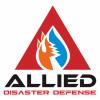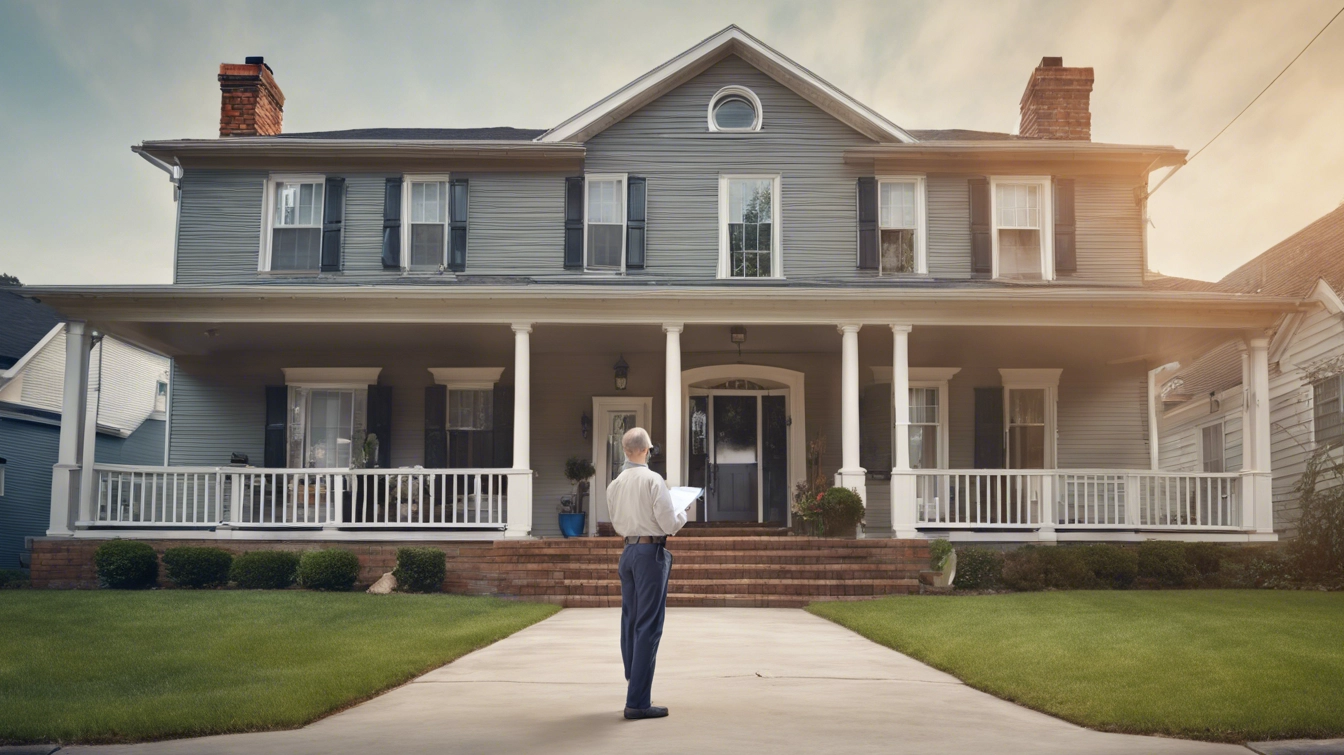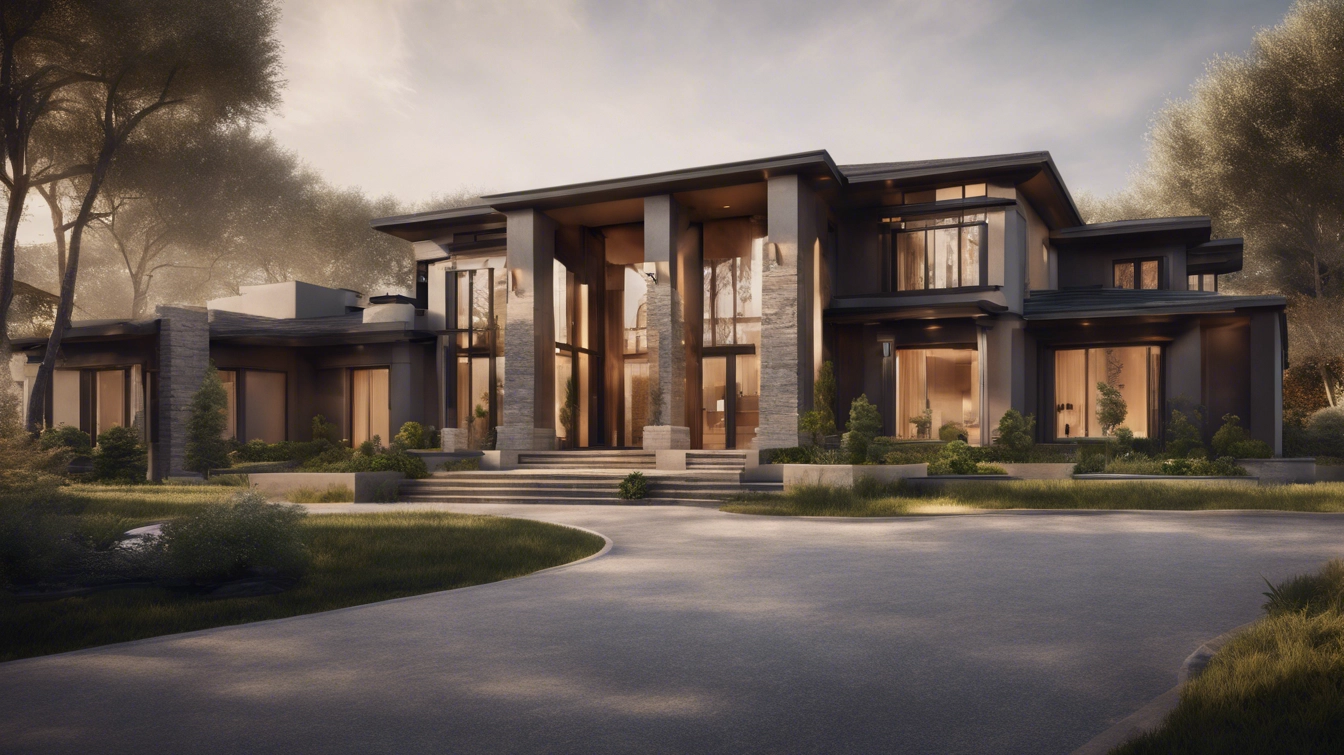Wildfires might not have threatened your home, but you may still get affected due to being in the same area. The insurance companies are facing an issue where they don’t know if they can insure homes with such “high risk”. The safest thing for them to do is to not insure these types of properties or collect a premium rate for coverage.
Like many homeowners inside the wildfire hazard areas, or Fire Hazard Severity Zone (You can check here if your property is in one), you may be facing premium insurance rates or trouble finding any insurance companies willing to insure your property. There are a few steps you can take to try and make your property more “insurable”. Property owners can make their homes more insurable and overall safer from wildfire threats by creating a more “defensible space” and hardening their homes.
LA Times has recently published a similar story about a former insurance commissioner facing wildfire problems and getting dropped by their insurance company. The wildfire commissioner was not affected by the wildfires by ended up losing her insurance coverage nonetheless. If your home is surrounded by vegetation, the insurance companies can see this as a threat. Thousands of property owners ended up facing the same situation and now have to resort to new defensible space and home hardening requirements coming down the pipelines of the state officials.
What is Defensible Space and Home Hardening?
Defensible Space combined with home and property hardening solutions is essential to improving your property’s chance of survival from a wildfire. Studies show that by creating a defensible space, you can improve your property’s chance of survival by 75%.
Defensible space is the buffer you create between your property and the wildland areas that surrounds it. This space is needed to slow or stop the spread of wildfire from embers and radiant heat. Proper defensible space also provides firefighters with a safe area to defend their homes.
Home Hardening is the process of creating more fire and ember-resistant homes. Fire science has shown that one of the biggest threats to homes from wildfire actually comes from embers. These embers are capable of flying miles away from the wildfire, landing on dry vegetation or through non-ember-resistant vents resulting in the house igniting on fire. That is why these house fires pop up close to or around wildfires which escalates exponentially if the fire department can not respond in time. In most cases, fire departments are short-handed and unable to dispatch to every home when there is a major catastrophe. That is why it is important to put fire prevention before fire suppression.
See this video from AIG Insurance about ember-resistant vents:
How Allied Disaster Defense can help you?
Allied Disaster Defense is the all-in-one solution provider for everything wildfire prevention. We can start with a fire risk assessment at your property to identify all fire risks, then recommend solutions such as vegetation management, installation of ember-resistant vents, and even applying long-term fire retardant at your property before the wildfire season.
These solutions can be compiled into a report as proof that you have done the following to make your home more “insurable” to the insurance companies. In some cases, this can help your property get coverage, or even a better price or reduced price in insurance.
Our team consists of retired fire marshals and captains that inspect your property with fire science in mind. Hear what retired Captain Rich Snyder has done for the local community and with Allied Disaster Defense:
IIf you have any questions or would like to schedule a fire risk assessment, call us at 888-60-ALLIED to get started. There are quite a few other resources you can learn about fire prevention from FIREWISE communities and CALFIRE.



